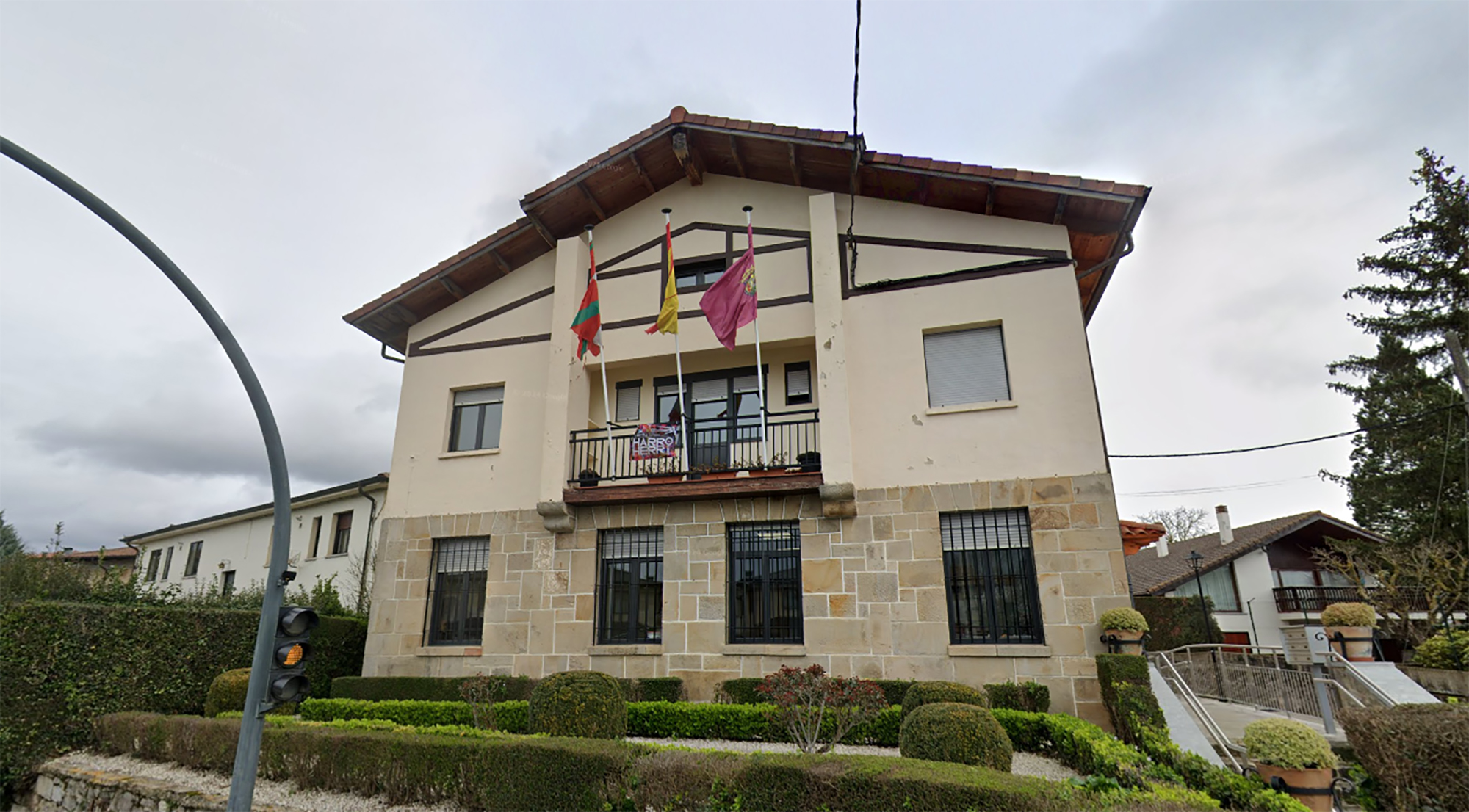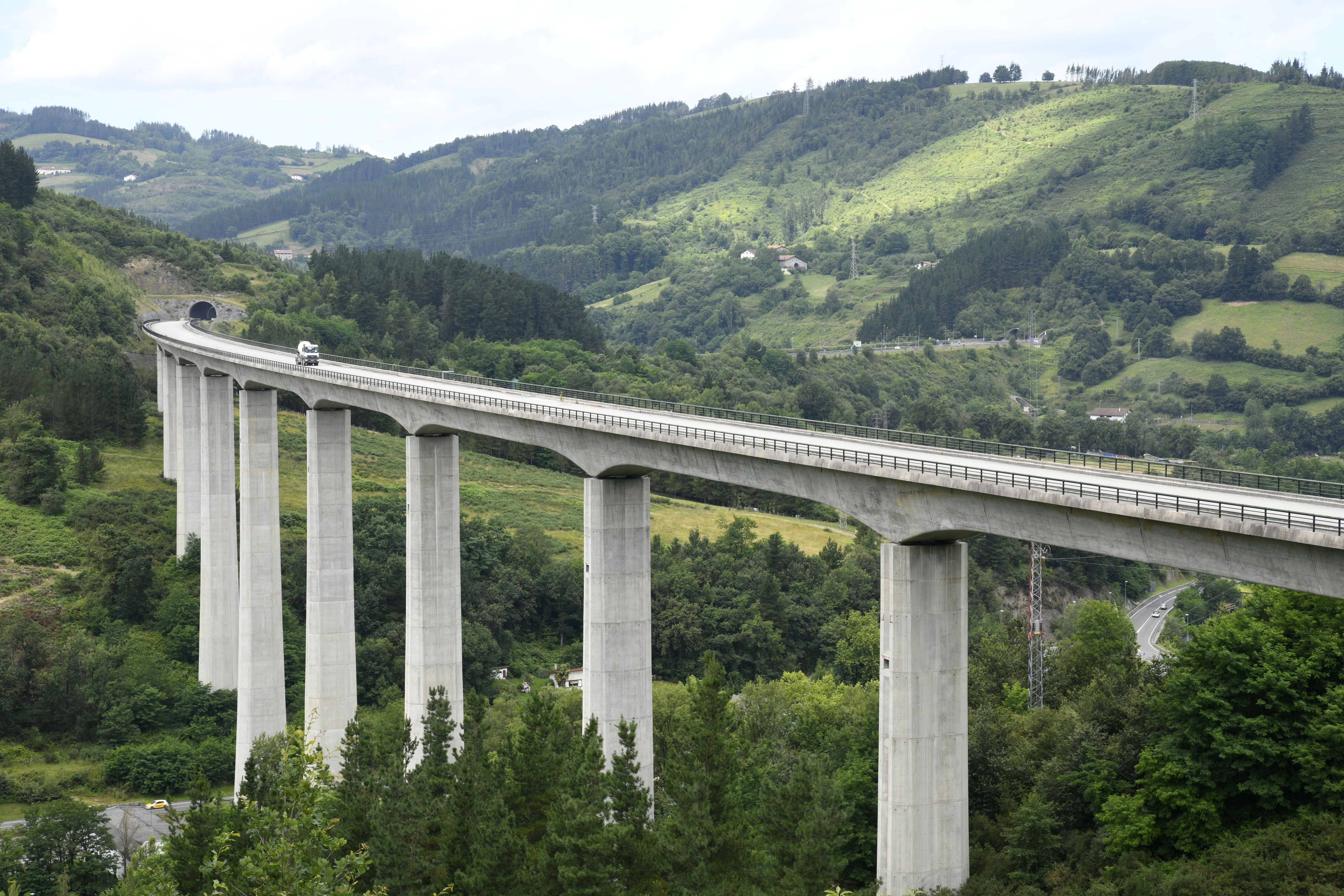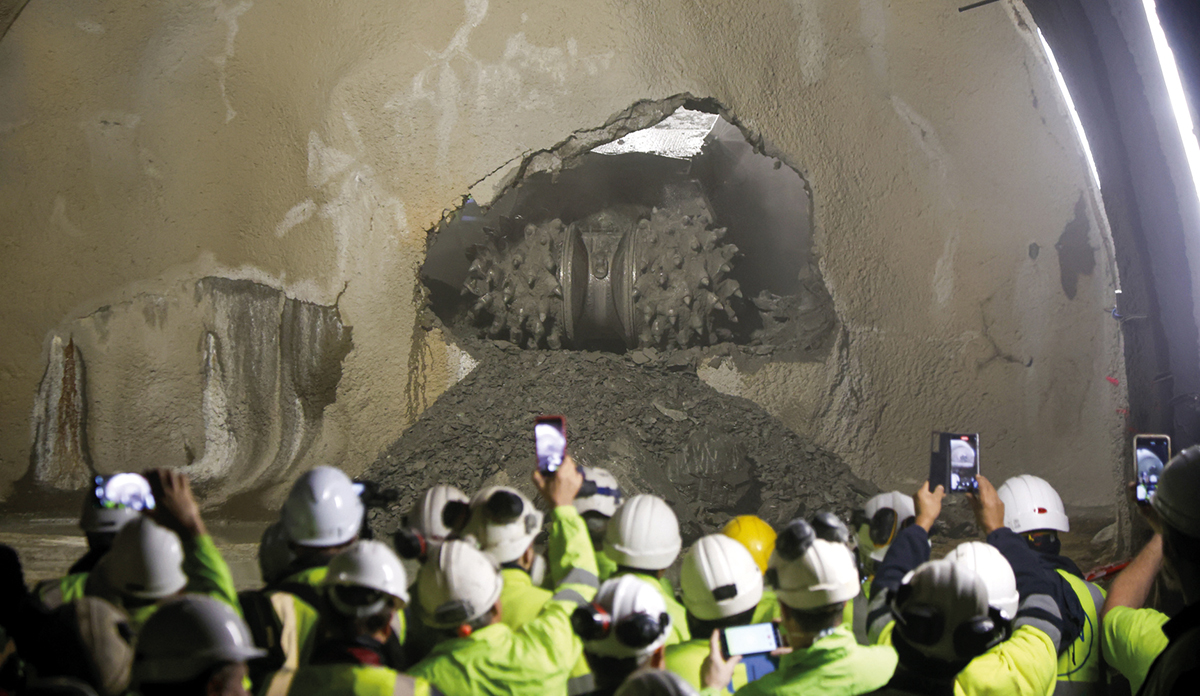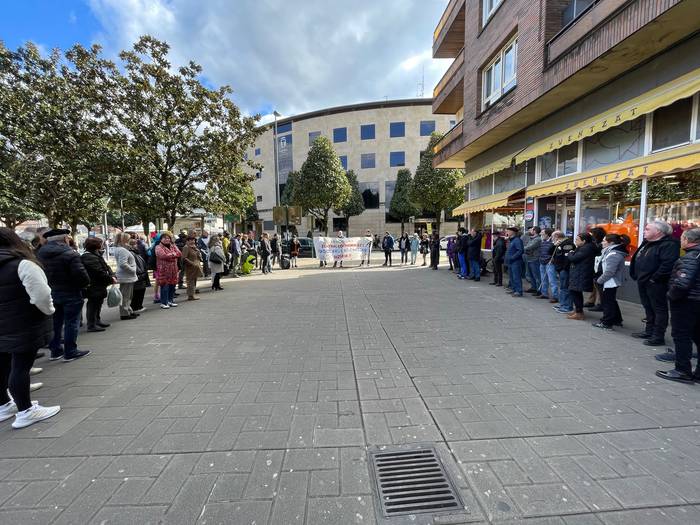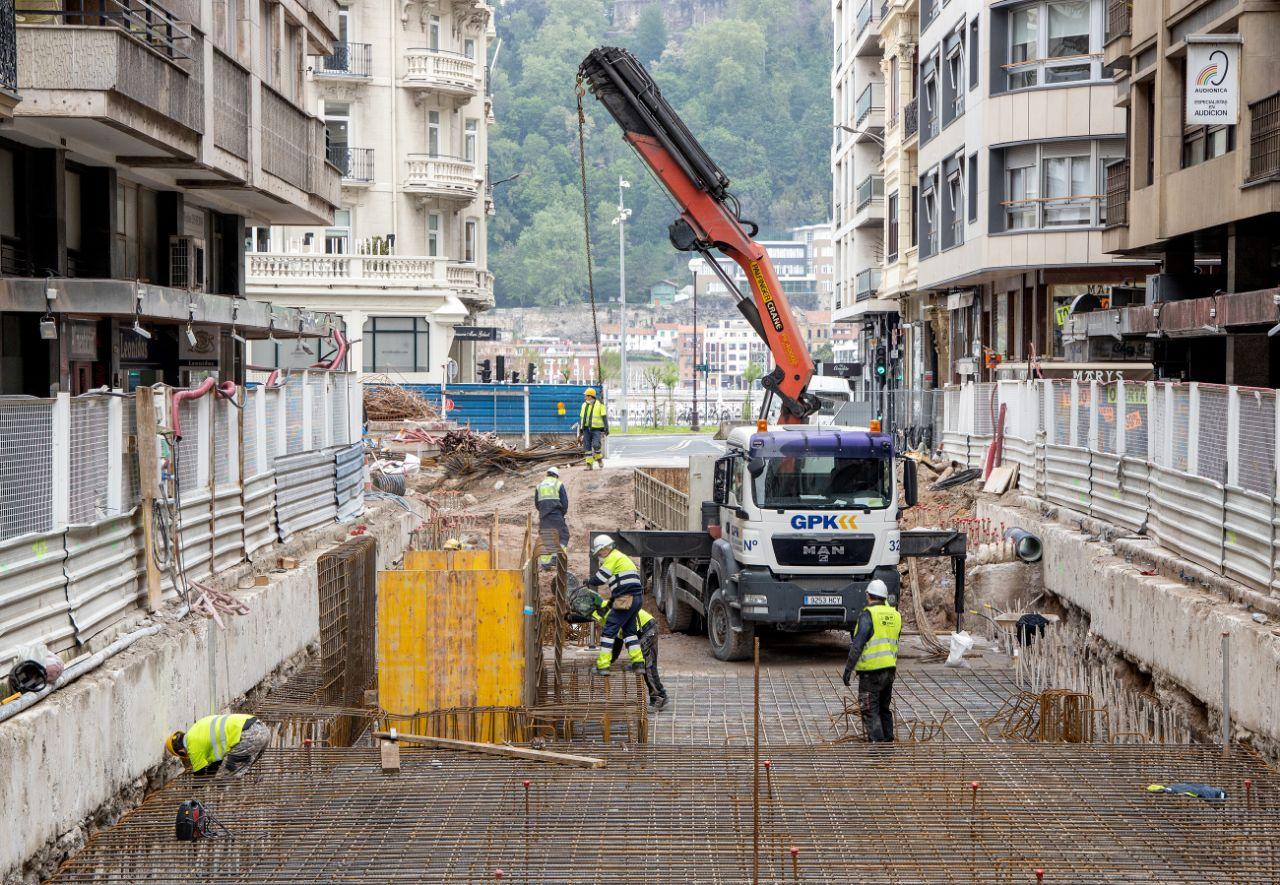They announce a new pharaonic work in the Pyrenees: the telecavín Astun-Candanchú-Formigal
- There is no climate emergency, so little energy crisis, that it cuts the speed of big capital and big infrastructure so dear to political leaders. On this occasion they want to build the new “white elephant” in the Pyrenees, in Astun, Candanchú and Formigal, which attract thousands of mountaineers and ski lovers each year, many of them Basque. Emma Zafon, journalist “El Salto”, explains the intricacies of the play

Next Generation funds have shaken the Pyrenees by giving the green light to the Astun-Candanchú-Formigal telecabine. The Platform for the Defense of the Mountains of Aragon criticizes that the infrastructure is meaningless in a climate change scenario, claims the protection of the Roya Valley [Canal Roya] that harms it.
Yesterday we were still celebrating that thanks to the paralysis of the pandemic we managed to delay the Overshoot Day, the day that marks that the planet depletes the resources it can generate in a year and that consumption is excessive. And the next day we find the European Union’s Next Generation funds reinforcing capitalist expansionism, the basis of our economy.
One of the first projects that aims to unite the ski resorts of Astun, Candanchú and Formigal in the Pyrenees of Huesca has already appeared with a large telecabine, with an investment of EUR 26 million, which defines “an absurd project” the members of the Defense Platform of the Montes de Aragón, Paco Iturbe. In total, the new eight-kilometre infrastructure will cross the iconic Roya Valley, despite the fact that environmental groups have questioned that the intentions coincide with the sustainability criteria set by the European Union: “With what objective now is this telecabine when we really should study how to remodel all ski resorts, because there will be no snow in a couple of decades?”
The Aragonese Pyrenees, as well as many Spanish [and European] stations, have recently offered an area that is not more than 30% of the total area. For example, Formigal opened on 2 December with only 30 kilometres, with a total of 137 kilometres. In addition, the joint venture Aramón, which manages in the Pyrenees Formigal and Cerler and Teruel Javwire and Valdelinares, explains on its website that the ski slopes are open thanks to 1,250 snowmaking facilities, artificially adapted to more than 115 kilometres.
But it is also another reason to question the new project. In fact, although Formigal is jointly owned (co-owned by the Government of Aragon and Ibercaja), Astun and Candanchu are private. Iturbe has denounced that “it is disappointing to see that in these regions there is no money for services, such as schools, but they are willing to allocate millions of public euros to private benefits”.
Regarding the property, Candanchu has gone through many hands (some have the surnames Alierta or Yarza, the same surnames as the former executive president of Telefónica and the editor of Heraldo de Aragón, curiously) and the possibility of returning to the hands of the joint company Aramón has been analyzed. Most of the shareholders (95.60%) belong to the company Parque Residencial Miraflores, based on real estate investments and public works. I would like to highlight in the board of directors of the Winter Season Valle de Astún how the same name is repeated: the president is Jesús Santaar Guajardo, the vice-president Construcciones Santaar and the members Rafael Santaar Blanco, Antonio Santaar Hedo and María Pilar Santaar Guajardo. With regard to the activity of heavy goods vehicles, the latest evolution in the market, which reached €7.5 million in 2020 and €3 million in 2021, draws attention.
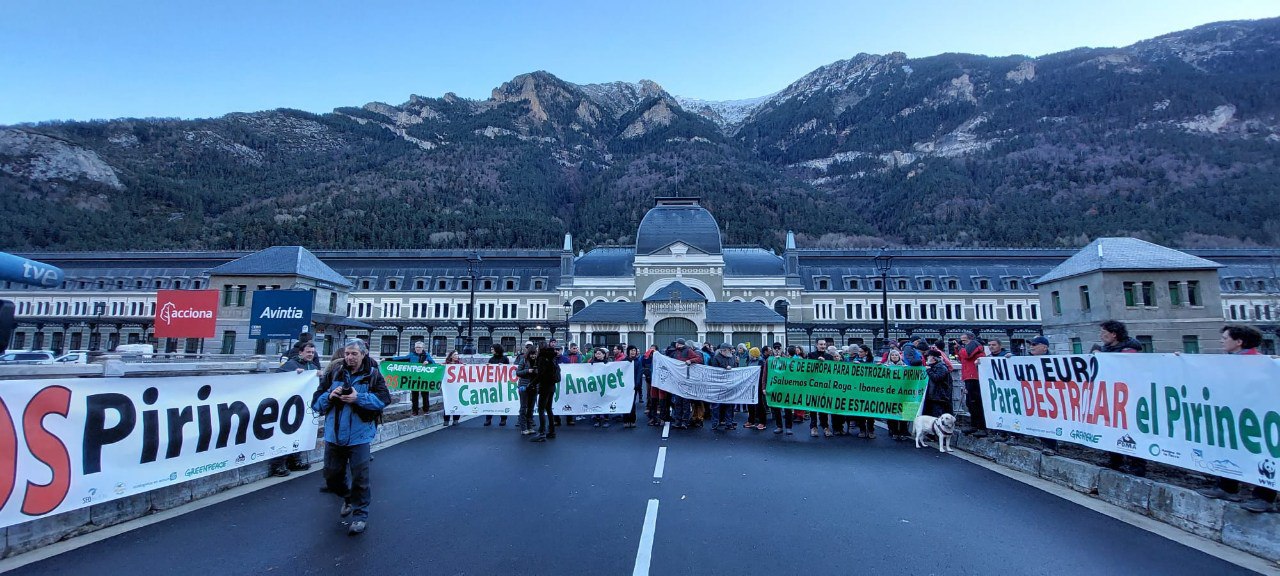
Is there a market for more infrastructure?
If you want to understand why this new investment arises before the market analysis of a sector that is no longer expanding, since Aramón has recognized that the number of skiers in recent seasons has stabilized at 1.2 million, it is worth looking at a small but influential field of Aragonese policy, the PAR Partido Aragonés. It is true that the administrations promoting telecabine, the Mancomunidad del Alto Valle de Aragón and the Diputación de Huesca, are in the hands of the PSOE, but the truth is that any grandeur circulating in the Autonomous Community of Aragon always has the taste of party PAR. Thanks to being a key party that knows how to govern with each other and to want any small amount of public money, the contribution of the PAR to the autonomic policy is never to control the main parties such as the PP or the PSOE, but to throw even more fuel into any suri.
Name current PAR president Arturo Aliaga. The Minister of Industry, Commerce and Tourism, when the executive of Marcelino Iglesias tried to push the Grand Scale [leisure macroproject], insanity projected in Monegros that was supposed to leave small Vegas. In addition, Aliaga is the alma mater of the public company Motorland: the construction of this Alcañiz speed circuit cost EUR 80 million and currently its main mission is to organize a single competition of a certain prestige, the Aragon Grand Prix of motorcycling… which in April 2022 requested EUR 25 million more of public money to guarantee editions until 2026. Currently, Arturo Aliaga is vice president of the Aragonese regional government and member of the board of directors of the joint company of Aramón after the maneuvers carried out in August 2020 to occupy the chair of José Luis Soro de la Chunta Aragonesista.
Aliaga's recent statements on telecabine highlight the essence of this Pharaonic purpose. Tourism of Aragon pointed out in a note that the aim is for the network of ski slopes of Aragon to compete with high-level European areas. If so far the snow sector of the Aragonese Pyrenees has lived under the Grandvalira of the Principality of Andorra, the largest ski slope in southern Europe, with more than 300 ski kilometres. Some people dream that if the connection project between Astun, Candanchú and Formigal were to go ahead, the Huesca Pyrenees would have surpassed Grandvalira’s reputation, equating themselves to the Alps.
Historically, PAR and the Aragonesist Chunta, now members of the regional government, have faced the will to strengthen the tourism of snow. Chunta President Joaquín Palacín said that his party is against this type of project: “We should ask that European aid be better distributed, because it is unacceptable that of the 33 million that Aragon will receive from the Next Generation funds, 26 should be allocated to this pharaonic and unbearable work”. Palacín has also pointed out that “in the context of climate change this project makes no sense.” And it calls for tourism investments to be directed towards the gradual conversion of the snow sector. On the other hand, both he and Iturbe have claimed the great environmental and landscape dimension of the Valle de Roya, now practically intact. In fact, all those who oppose telecabine demand regulation and protection from this region, receiving a lawsuit that comes from the years of transition.
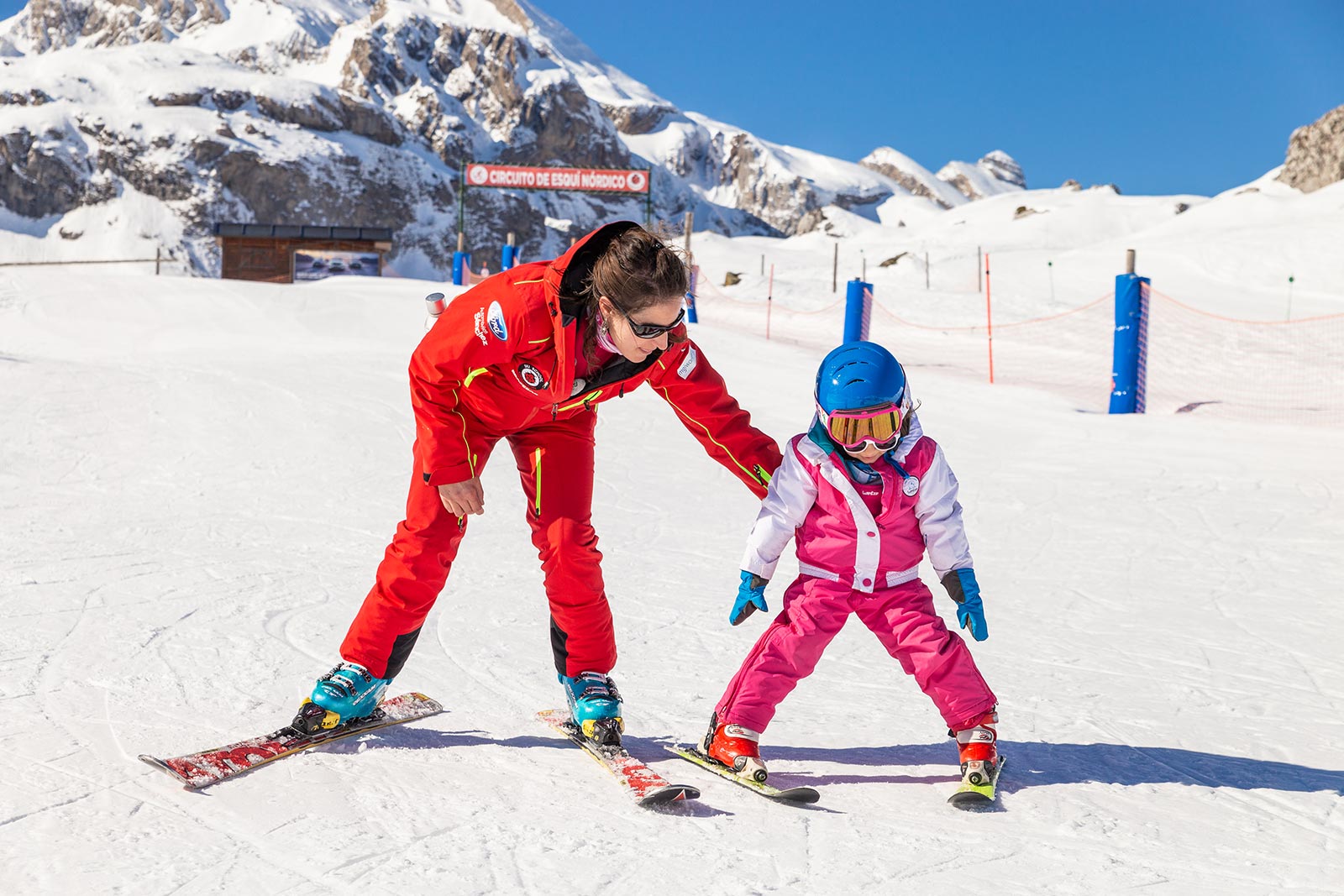
Advantages and Casualties of Telecabine
A project of this kind does not find any problems presenting it in a rural environment without job opportunities. It will create wealth and employment, as they have repeatedly said. In addition to the Diputación de Huesca and the Mancomunidad del Alto Valle de Aragon who are the promoters of the project, the infrastructure has already received the support of one of the municipalities concerned, that of Canfrance. In statements made in Radio Huesca, Mayor Fernando Sánchez indicated that it was “very great news”. In the so-called snow economy, ski resorts in Aragon (including Javwire-Valdelinares de Teruel) directly employ about 1,200 people and about 13,000 indirectly. However, more than half of the employment contracts are provisional and may cover only the period from November to April.
In such restricted areas that have suffered a long exclusion from power, it is difficult to manage projects where money, labour and territorial power are important. At the moment, the debate has tended with one of those that seems to have happened by chance in Spanish public works. On Tuesday 13 and Tuesday 13 December, the Platform for the Defense of the Montes de Aragón, against the project, introduced in the register a letter to Minister Reyes Maroto, the same day, held by those who also owned Candanchú, announced with great headline that a ski resort would be awarded in early 2023. Precisely these days.
.jpg)
Do not look for this connection from Ezkio or Altsasu, let alone crossing the Ebro River through Castejón. The connection, or rather the connections, between the Basque Y and the AVE of Navarre is already a reality. It is these links in the plural that should concern us and... [+]
EH Bilduk galdera sorta bat erregistratu zuen Eusko Legebiltzarrean Donostiako Metroaren igarobideko lanen gainkostua argitzeko. Informazio hori atzo jakinarazi zuen Susana Garcia Chueca Mugikortasun sailburu sozialistak.
Martxoaren 19an amaitu zen proiektua aurkezteko epea, baina Errioxako PSOEk adierazi du Forestalia enpresak "interesa baztertu" duela. Enpresak bi parke eoliko eraiki nahi zituen Aragoiko lurretan, baina oraindik ez ditu lortu baimenak eta hori dute egitasmoa... [+]
EAE, Akitania Berria eta Nafarroak osatutako euroeskualdearen batzarra egin dute Iruñean martxoaren 25ean. AHT izan dute topaketaren ondoko agerraldiko aipagai nagusien artean eta Akitania Berriko ardatza Hego Euskal Herriko trenbidearekin lotzeko konpromiso politikoa... [+]
Dakota Access oliobidearen kontrako protestengatik zigortu du Ipar Dakotako epaimahai batek erakunde ekologista, Energy Transfer Partners enpresak salaketa jarri ostean. Standing Rockeko sioux tribuak protesten erantzukizuna bere gain hartu du.
Koalizio abertzaleko hiru ordezkariek ohar baten bidez euren "frustrazioa" adierazi dute proiektu fotovoltaikoa ezin gelditzeagatik: "Egoera horren aurrean, ez gara legegintzaldia amaitzeko indarrez sentitzen". Proiektu honi ez! plataformak salatu du EH Bilduren... [+]
Datorren udaberrian, Stop AHT Zundaketak ekimenak bi urte beteko ditu. 2023ko maiatzean, ADIFek Itza, Sakana eta Goierriko udalei jakinarazi zien zundaketa geoteknikoak eta beste jarduketa batzuk egingo zituela AHTaren Nafarroako korridorea Euskal Y-arekin lotzeko alternatibak... [+]
Josu Estarrona EH Bilduko Arabako senatariak egindako galderari erantzun dio Espainiako Sustapen Ministerioak, eta hor berretsi du Ezkioko aukera zailtasunez beteta dagoela.
Satorralaia plataformak Donostiako Metroaren Mirakontxa-Easo zatiko lanek “%164ko gainkostua” izan dutela salatu zuen joan den astean, eta, horren harira, EH Bilduk gainkostu hori argitzeko eskatu du, Eusko Legebiltzarrean erregistratutako galdera sorta baten bidez.
Elkarretaratzea egin zuen Aiaraldeko Mendiak Bizirik plataformak atzo Laudioko Lamuza plazan, Mugagabe Trail Lasterketaren testuinguruan.
Satorralaia plataformak eman du gainkostuaren berri, informazioa Jaurlaritzari eskatutako txosten batetik aterata. Donostiako metroaren Mirakontxa-Easo zatiaren lanak 53 milioi eurotan esleitu ziren, eta egungo aurrekontua 139,4 milioi eurokoa da. Donostiako metro-pasantearen... [+]









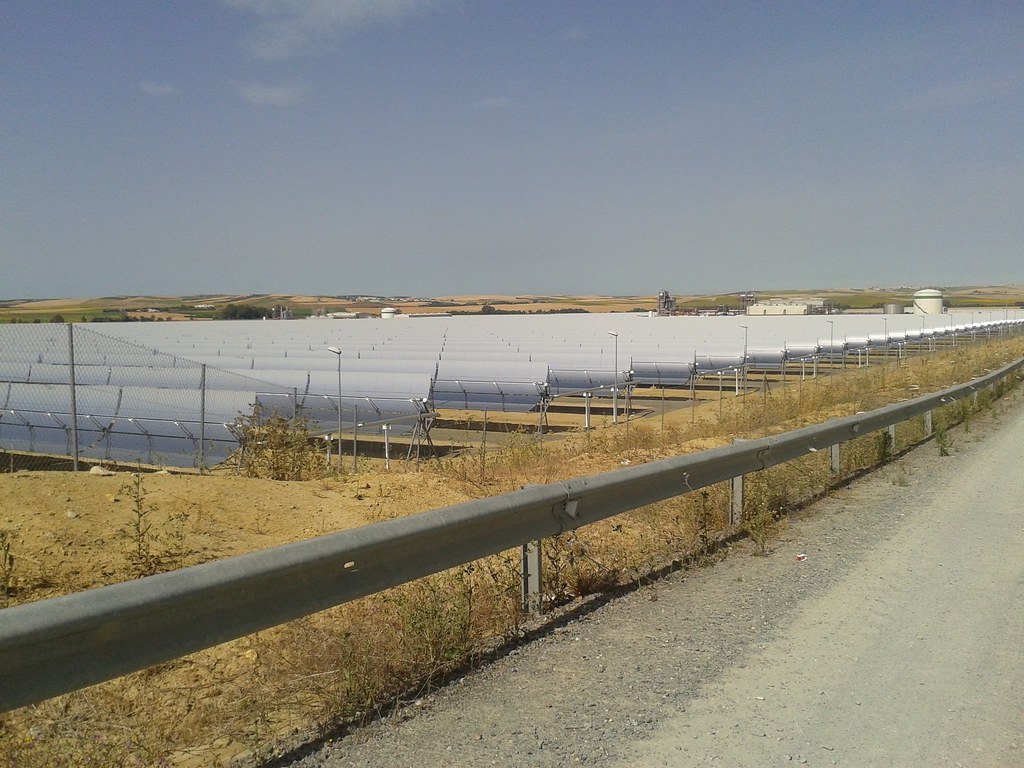
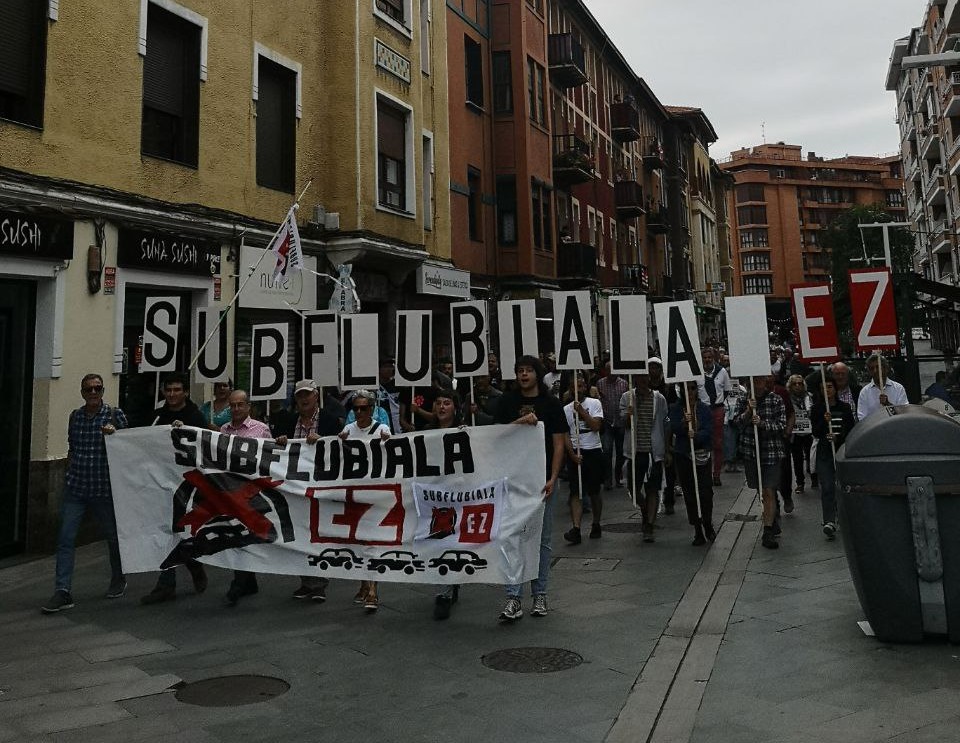
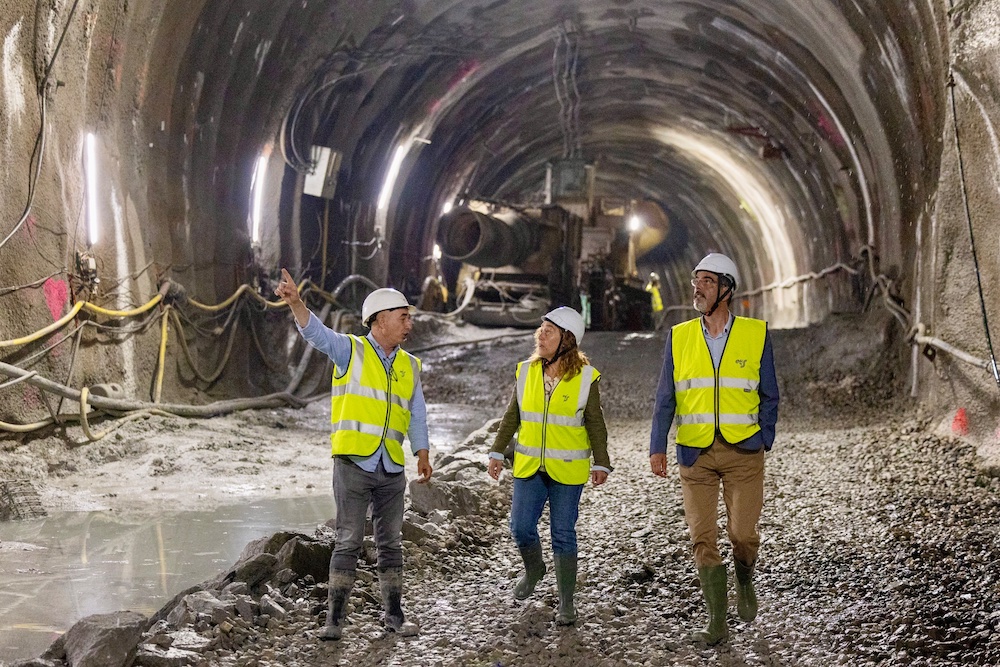

.jpg)

